Something to consider about custody & control and the $1,000,000 question “When is a repossession complete?”
GUEST EDITORIAL
Many, and some might argue, most incidents of injury and death during a repossession happen when a confrontation between the repossessor and the consumer takes place at the consumers residence. While it can be assumed that all of these are the results of a breach of peace and that the agent should have simply disengaged, many happen well after the collateral is considered to be already in custody and control, or repossessed. Which begs the question; “when is the repossession complete.”
Federal
In the 10th edition book titled “REPOSSESSIONS” from the National Consumer Law Center Library of Congress Control Number 2021917799, it is printed on page 218, section 6.4.5.;
Breaches That Occur After Repossessor Has Gained Possession
“Some courts have recognized a defense to a debtor’s claim of breach of the peace when the breach has occurred after the repossessor had gained possession of the collateral. These courts often draw artificial distinctions, failing to recognize that a repossession is not complete simply when a vehicle is hooked up to a tow truck or towed a few yards.
In that circumstance, with the collateral still within the consumer’s reach, the repossessor has at most partial possession of the collateral, and certainly not secure or exclusive possession. Better-reasoned decisions reject the view that an objection comes too late if the repossession agent has already lifted the vehicles back wheels off the ground.
In addition, some of these cases give insufficient weight to the rule that the prohibition against breach of the peace is intended to avoid violence. The potential for immediate physical violence continues until the repossessor has moved the collateral to a site that is under the secured parties’ control, or at least that is well outside the consumers range.
Until that point, the danger of a high-speed chase or violent confrontation remains high. The consumers objection should be sufficient to require the repossessor to stop the repossession as long as continuation could conceivably lead to an immediate physical confrontation.”
I certainly believe these acts of violence would decrease significantly if the repossessor would choose safety, ahead of his repo commission.
Various states have their own definitions of when a repossession is complete.
California
According to The California Collateral Recovery Act, a repossession is when;
- The repossessor gains entry to the collateral.
- The collateral becomes connected to a tow truck or the repossessors tow vehicle.
- The repossessor moves the entire collateral present.
- The repossessor gains control of the collateral.
- The repossessor disconnects any part of the collateral from any surface where it is mounted or attached.
If the safety and rights of the consumer are the priority, the repossessor must retreat at any verbal objection to the repossession. The matter of the collateral being hooked to, or about to be hooked to or #1, #2,#4, and #5 are all issues which are primary reasons when injury and death occurs during a repossession. #3 is the only definition which makes any sense.
Could it be said the consumer has custody and control of the collateral while the collateral is parked on his property or while parked in the consumers’ assigned parking space? I believe the answer is yes. How can anyone believe otherwise simply because the repossessor gains entry into the collateral.
The California regulatory language is vague and unclear to say the least, and dangerous to the safety of both the repossessor and the consumer. A repossessor must retreat from the repossession when an objection to the repossession is presented. The California Recovery Act offers the repossessor a false sense of authorization.
It is the custody and control language which legislators have introduced into law, that gives repossessors a deadly misunderstanding of the self-help repossession process.
Industry Standards
Repossession industry professional standards are very clear. The repossessor must retreat when an objection to the repossession occurs. Nowhere can I find the language, “a breach of peace cannot occur if the collateral is hooked to your truck”.
The industry standards are written in certifications courses and taught at conference seminars. As the old adage states…”another time, another place”.
In the courtroom, the trier of fact will decide almost always, not based on the language of the regulation, they will decide based on professional industry standards.
Injury and death in the repossession injury will continue as long as repossessors fail to retreat when a confrontation occurs.
Unfortunately, as the result of these misinterpretations, repossessors and consumers have been injured or died at the point of repossession. As long as repossessors continue with their misunderstanding of safe repossession processes during a confrontation, they will continue to suffer the same fates.
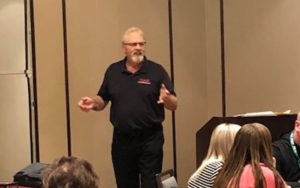 Thank you,
Thank you,
Mark Lacek
https://marklacekexpertwitness.com/
https://www.linkedin.com/in/mark-lacek-222905b
“Protecting the American Consumer With Professional Service”
Commercial Asset Solutions
Ph. 407-948-7087
https://www.CommercialAssetSolutions.com

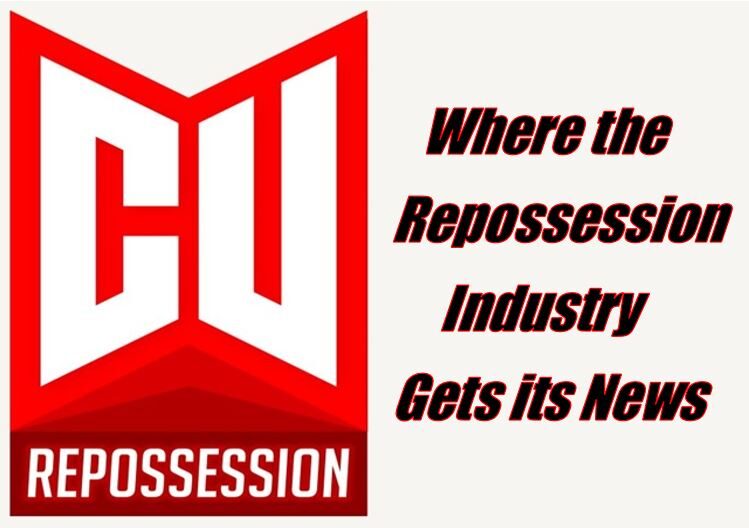
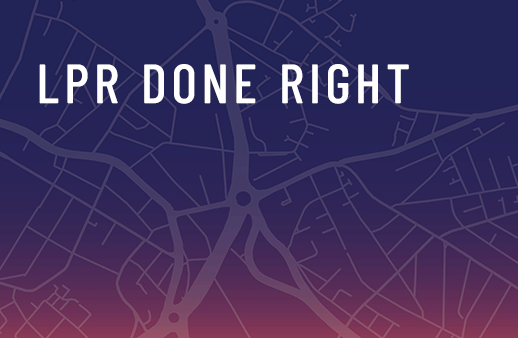

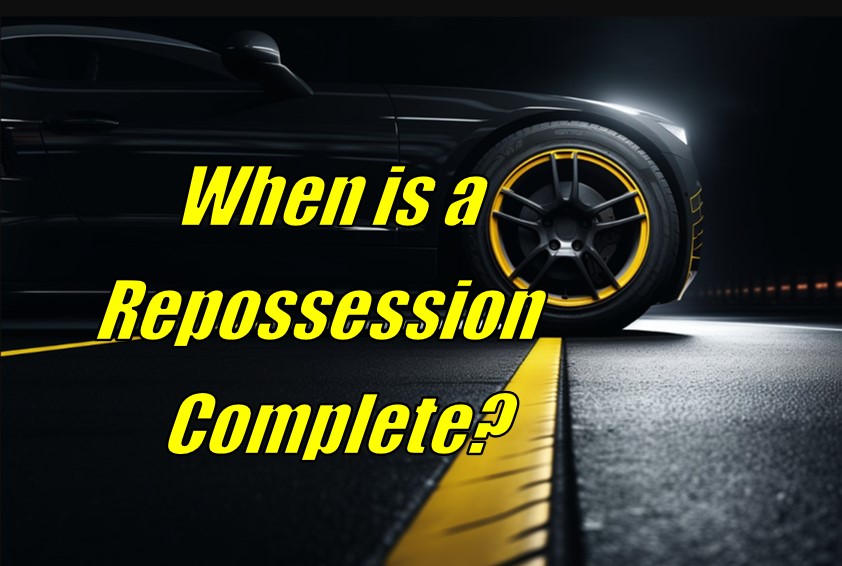


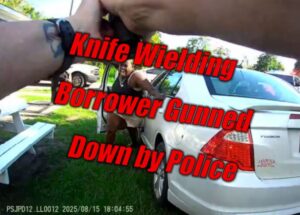

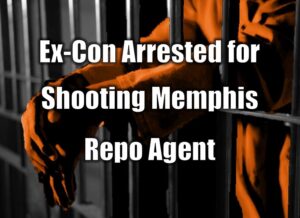
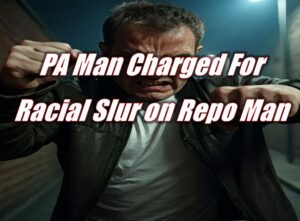
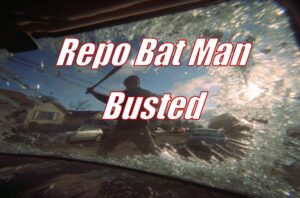




Facebook Comments